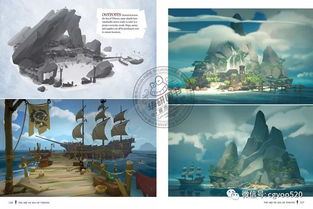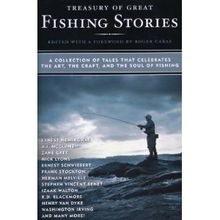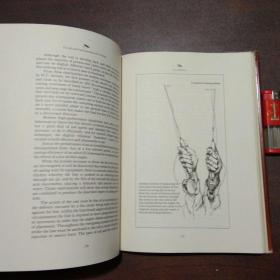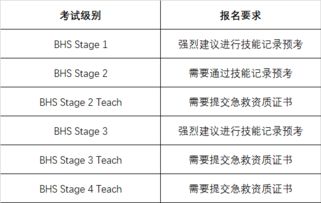Introduction: Fishing, an age-old pastime, has been captivating anglers for centuries. Whether you are a beginner or an experienced fisherman, selecting the right fishing gear is crucial to ensure a successful outing. One of the most important components of your fishing setup is the main line. In this article, we will delve into the world of bank fishing and provide you with valuable tips on how to choose the perfect main line for your fishing adventures.
I. Understanding the Basics of Main Line: Before we dive into the specifics of choosing the right main line for bank fishing, it is essential to understand the basics of this crucial component. The main line, also known as the leader, is the primary line that connects your fishing rod to the hook. It serves as the backbone of your fishing setup, transmitting the energy from your rod to the fish when it bites.
II. Factors to Consider When Choosing a Main Line for Bank Fishing:
Material: The material of your main line plays a significant role in its performance. Here are some common materials used in main lines:
a) Monofilament: This is the most popular type of main line due to its flexibility and stretch. Monofilament lines are ideal for bank fishing as they provide a good balance between sensitivity and shock absorption.
b) Fluorocarbon: Fluorocarbon lines are made from a special type of plastic that is less visible to fish and has less stretch than monofilament. This makes them an excellent choice for fishing in clear water or targeting finicky fish.
c) Braid: Braided lines are known for their strength, sensitivity, and thin diameter. They are a great option for bank fishing, especially when targeting larger or more powerful fish. However, they can be less forgiving when handling lighter tackle.
Diameter: The diameter of your main line is an important factor to consider, as it affects its buoyancy, strength, and visibility. Here are some guidelines for choosing the right diameter:
a) Lighter fish: For targeting lighter fish such as panfish or small bass, a diameter of 4 to 6 pounds is usually sufficient.
b) Medium-sized fish: For medium-sized fish like trout or smallmouth bass, a diameter of 6 to 10 pounds is a good choice.
c) Larger fish: For targeting larger fish such as pike or walleye, a diameter of 10 to 15 pounds is recommended.
Sensitivity: The sensitivity of your main line can greatly impact your fishing experience. A more sensitive line allows you to detect even the slightest movements from the fish, resulting in more successful hooksets. Monofilament and fluorocarbon lines tend to be more sensitive than braided lines.
Abrasion Resistance: When fishing in areas with heavy cover or rough terrain, it is important to choose a main line that can withstand abrasion. Fluorocarbon and braided lines are known for their durability and resistance to nicks and cuts.
Cost: Finally, consider your budget when selecting a main line. While higher-quality lines may offer better performance, there are many affordable options available that can still deliver excellent results.
III. Tips for Selecting the Right Main Line for Bank Fishing:
Research the species you are targeting: Different fish species have varying preferences when it comes to line visibility and thickness. Research the specific species you are targeting and choose a main line that suits their habits.
Consider the water conditions: The clarity and depth of the water can also influence your choice of main line. In clear water, opt for a lighter and less visible line, while in murky water, a heavier and more visible line may be more effective.

Experiment with different lines: Don't be afraid to try out different types of main lines to find the one that works best for you. Keep in mind that what works well for one angler may not work as well for another.
Practice knot tying: Proper knot tying is crucial for maintaining the integrity of your main line. Practice different knots and ensure you can tie them quickly and efficiently.
Conclusion: Choosing the right main line for bank fishing is a crucial step in ensuring a successful fishing trip. By considering factors such as material, diameter, sensitivity, abrasion resistance, and cost, you can select the perfect main line for your specific needs. Remember to research the species you are targeting, consider the water conditions, and don't be afraid to experiment with different lines. Happy fishing!












